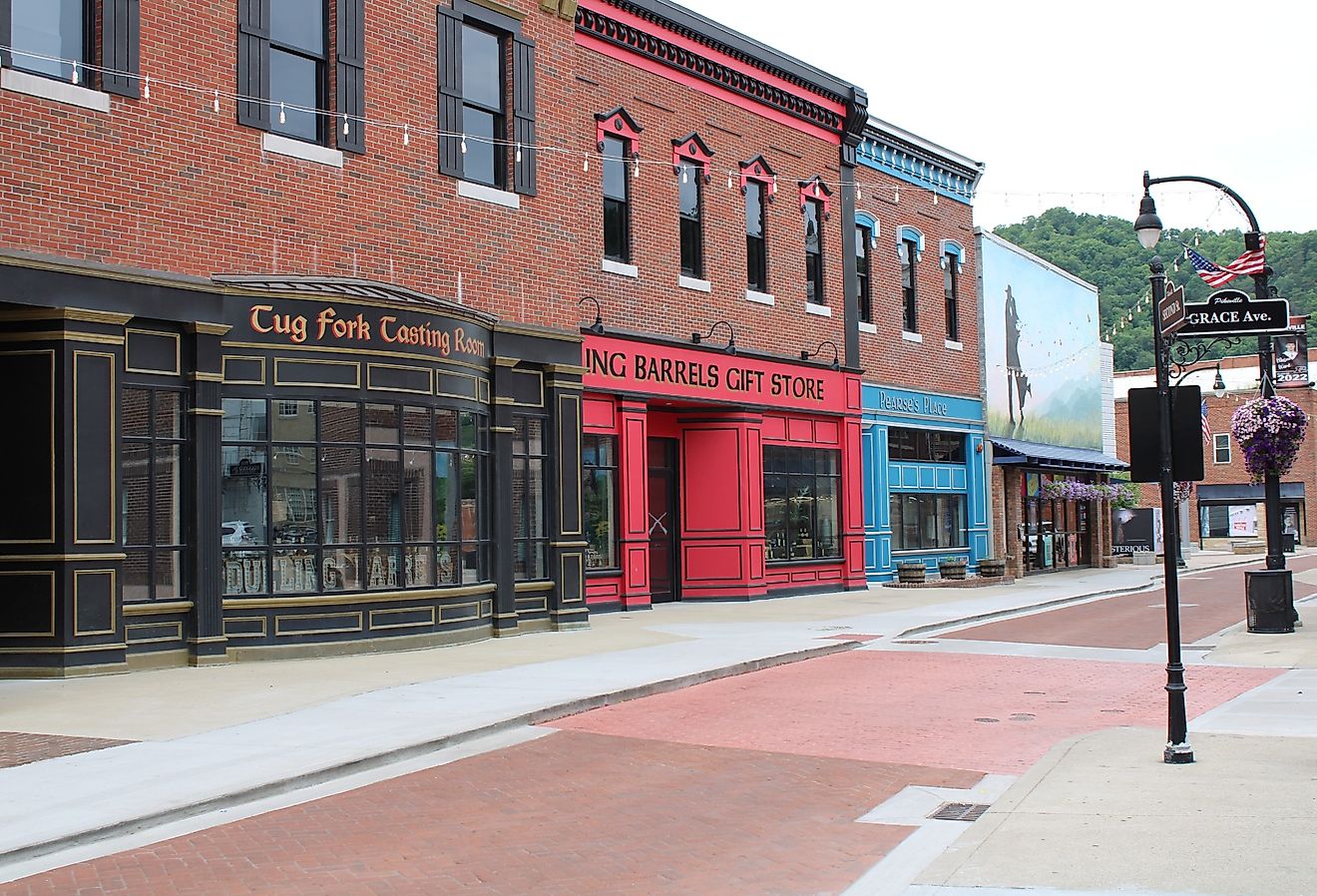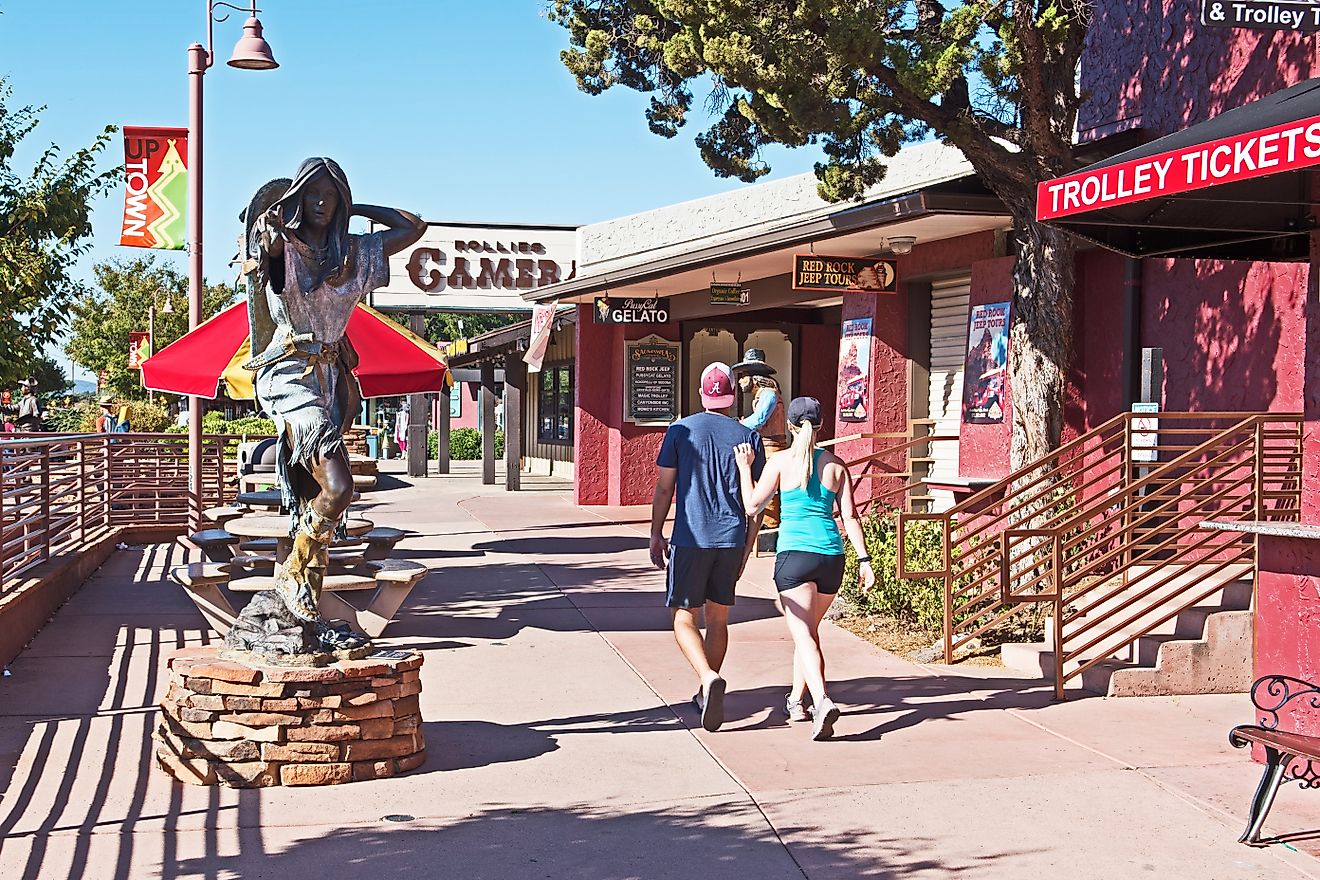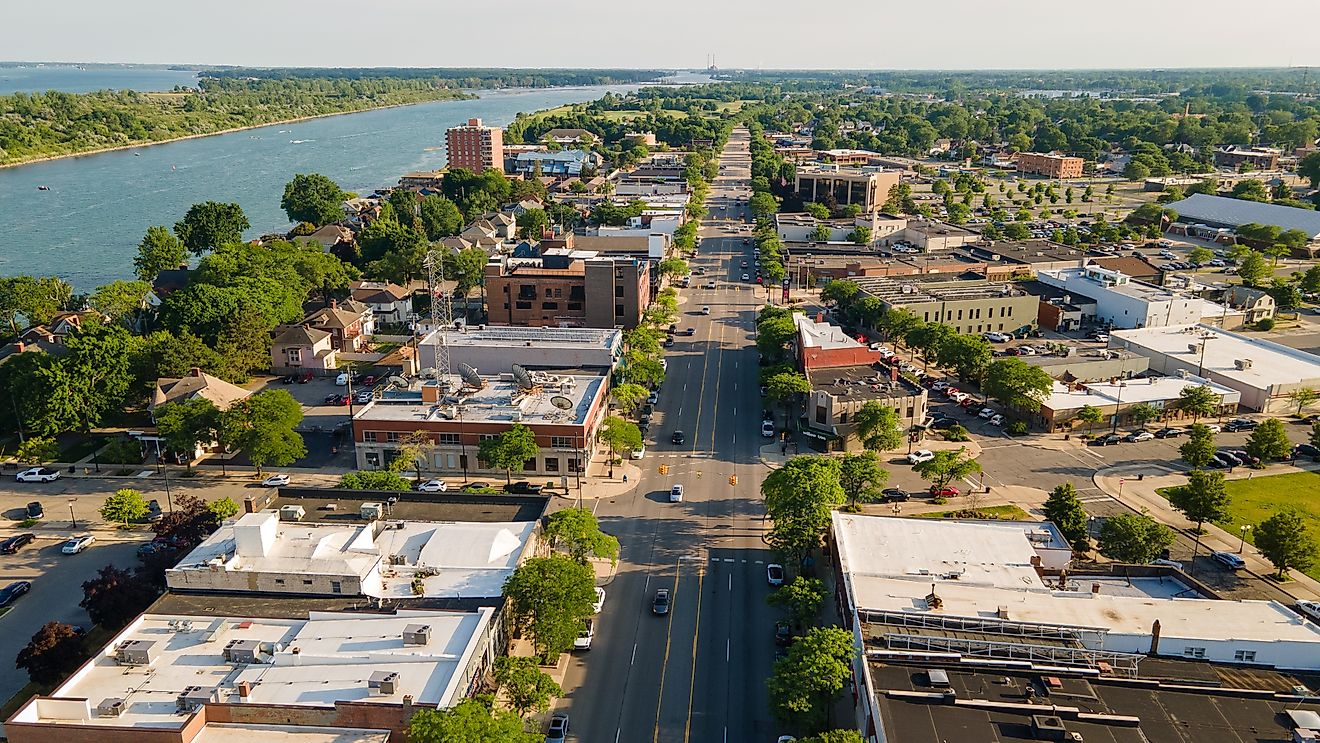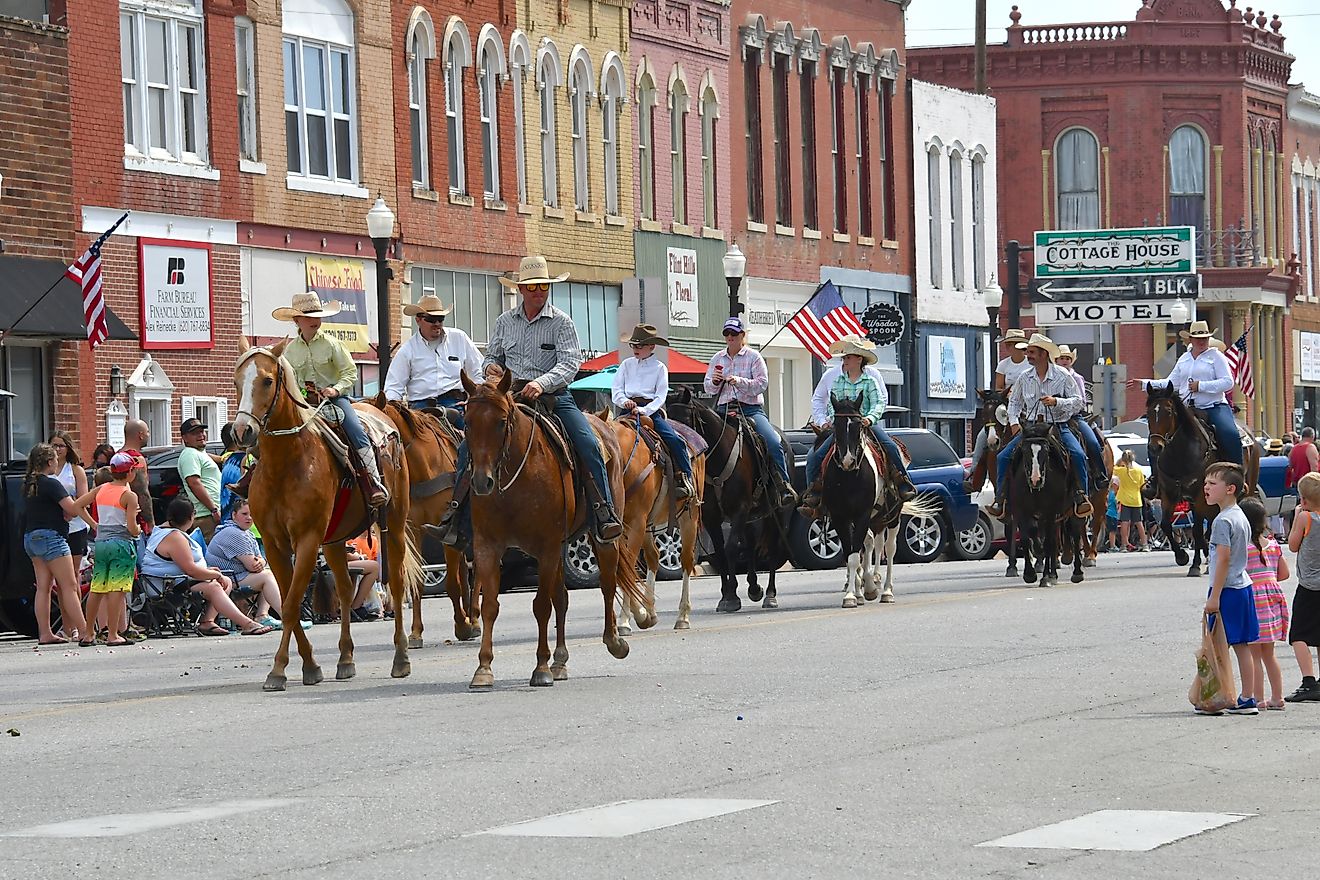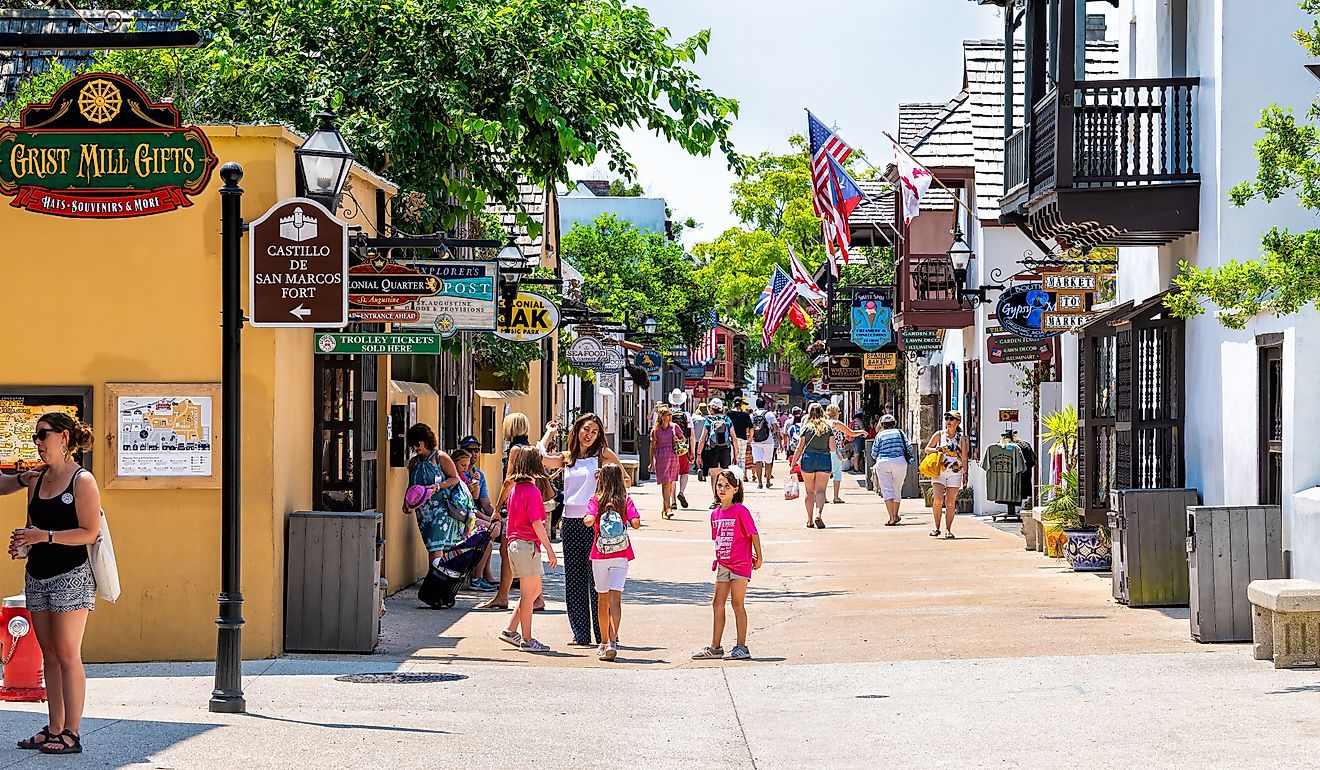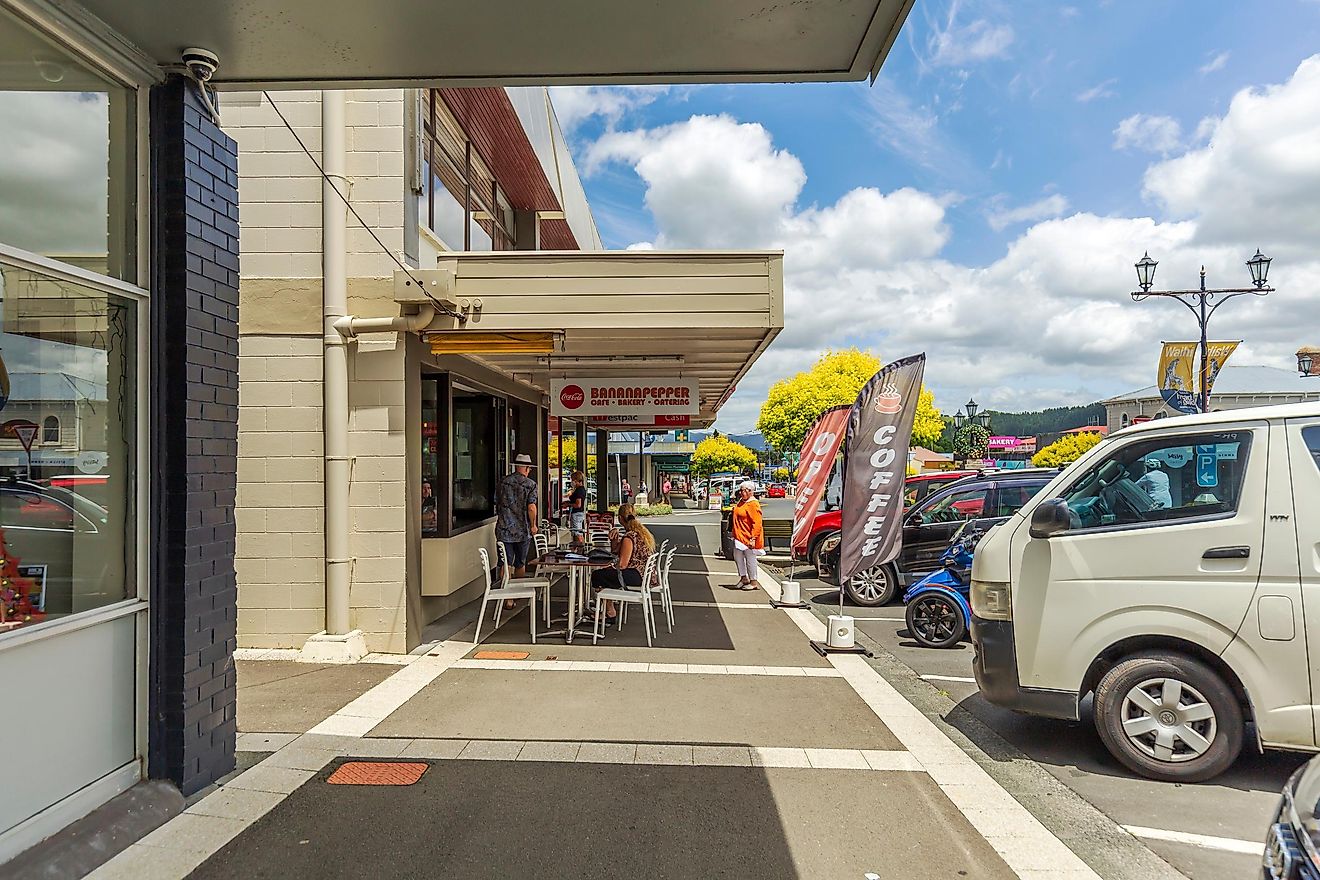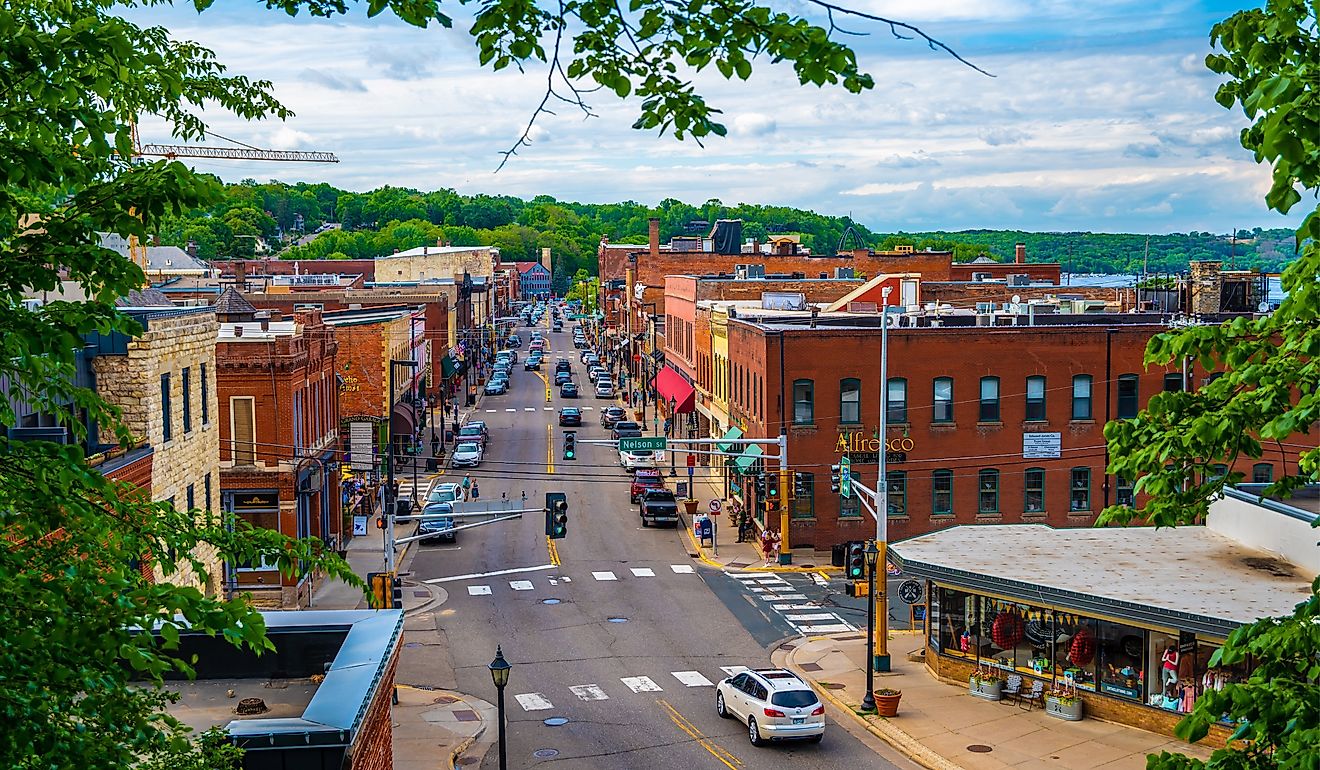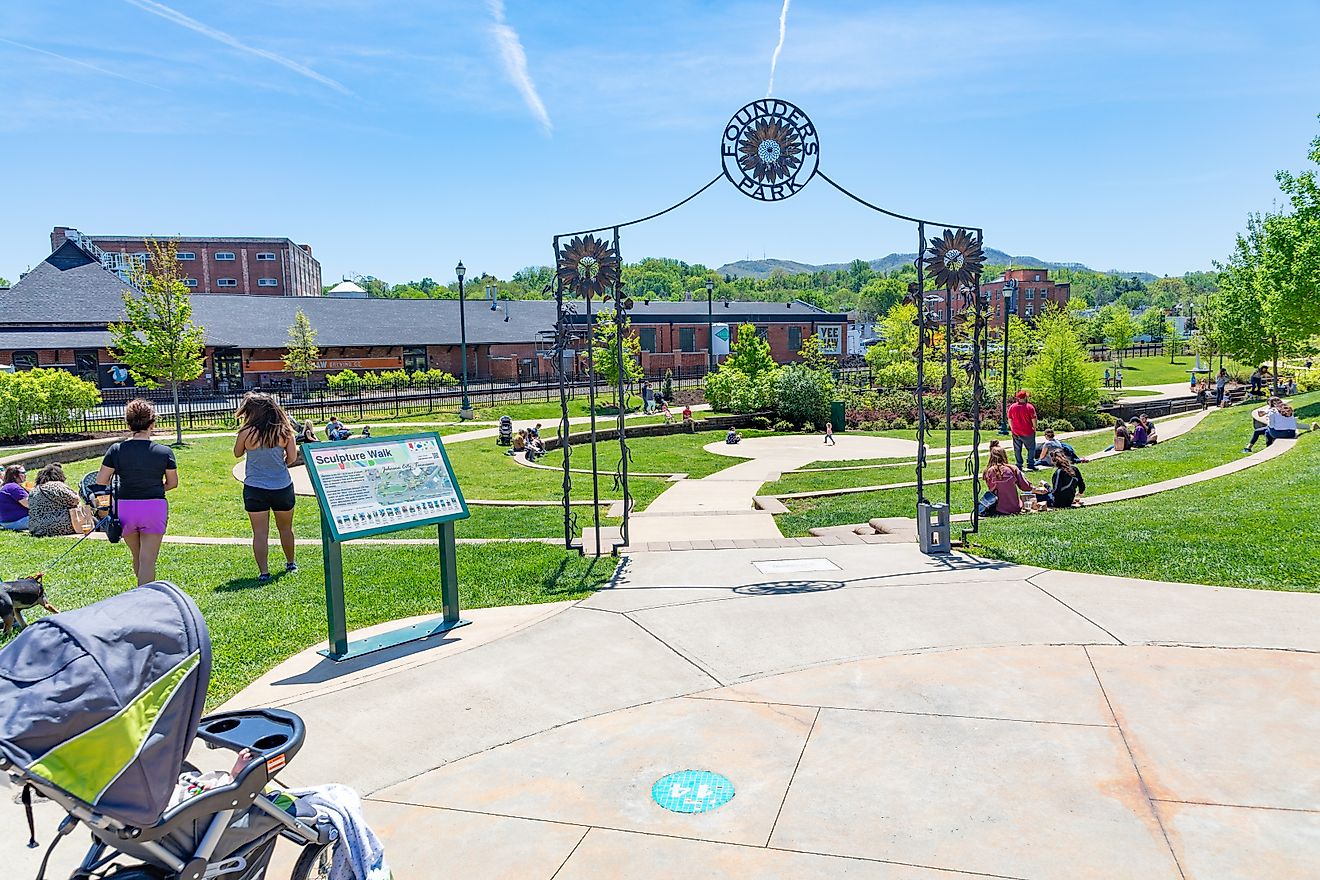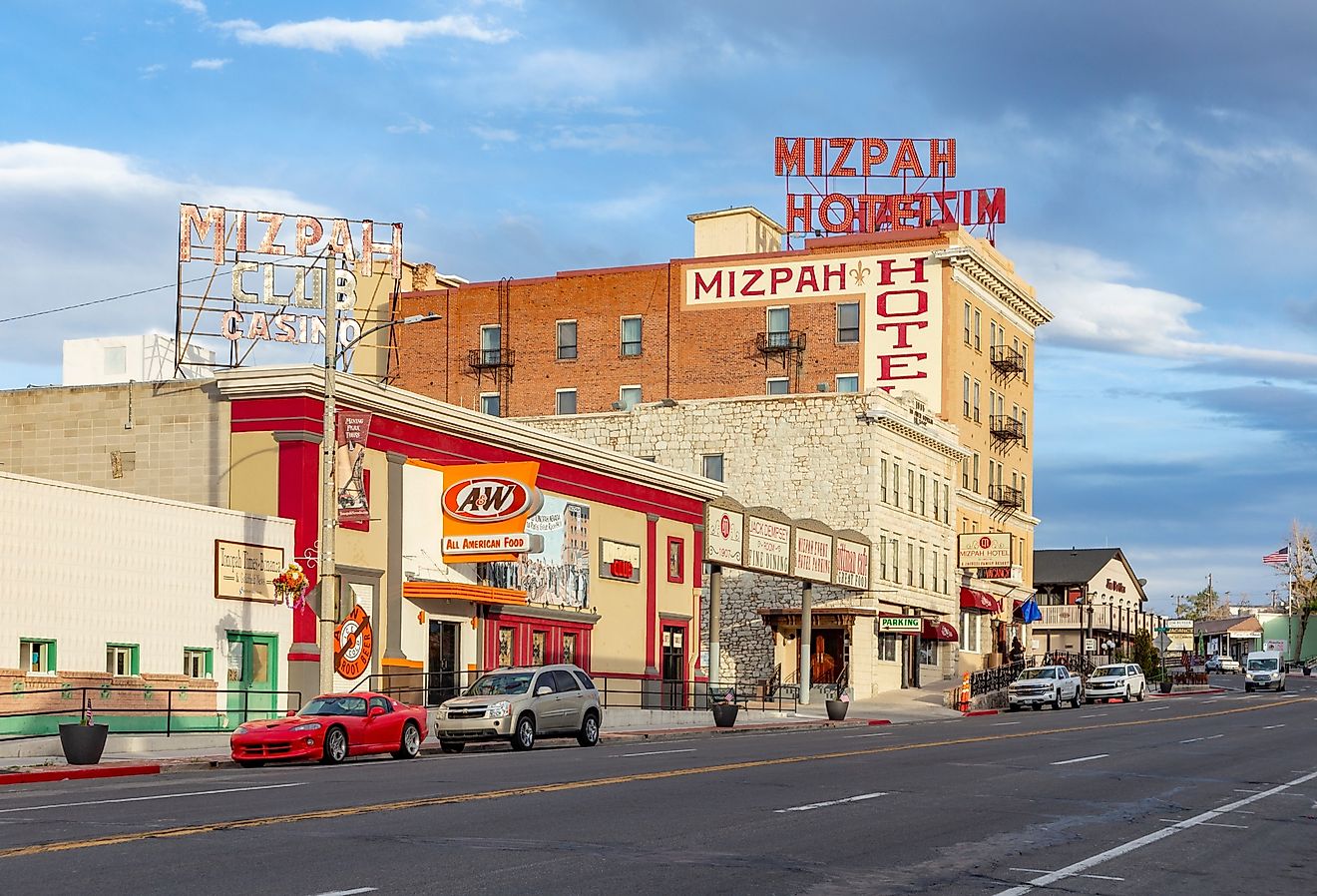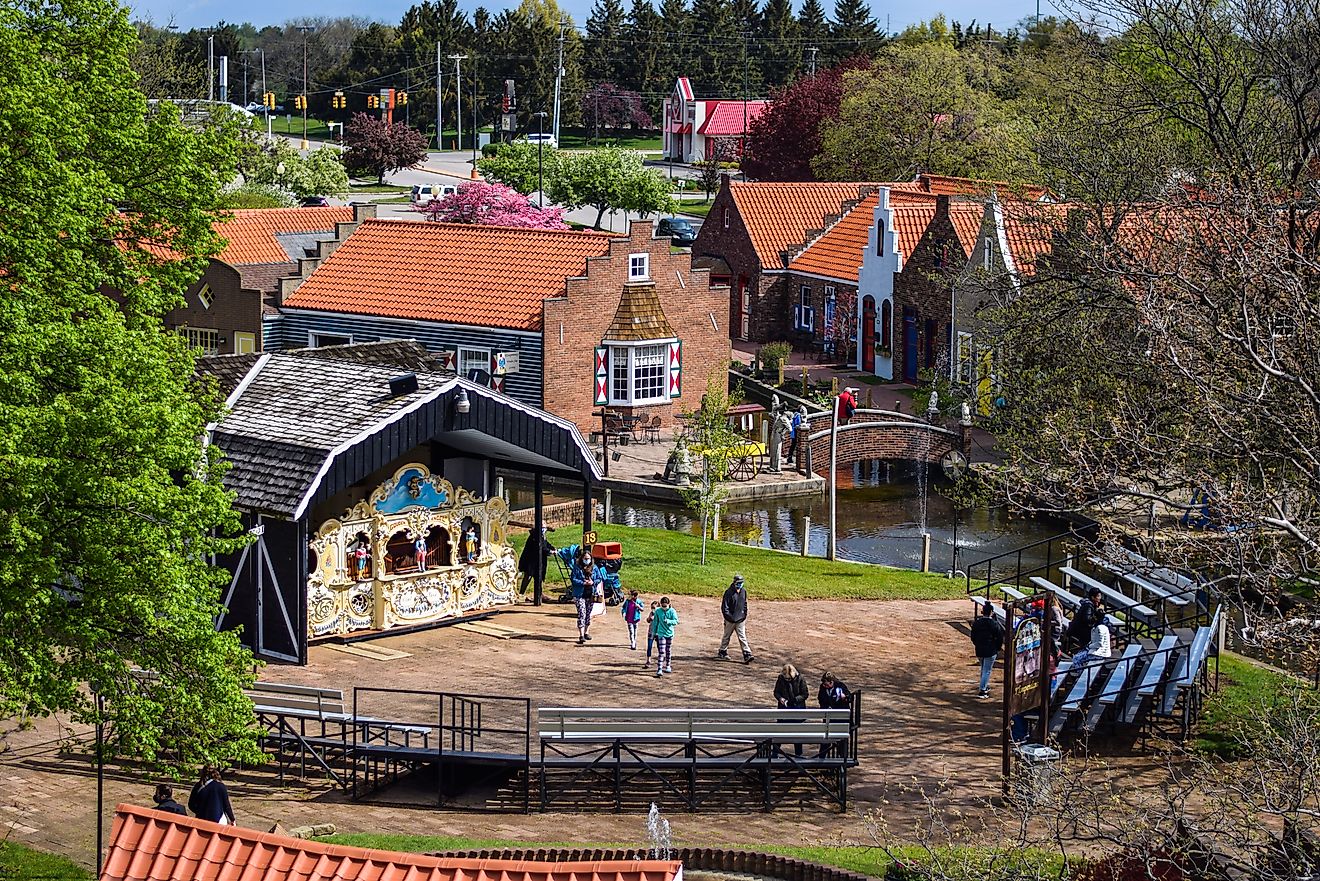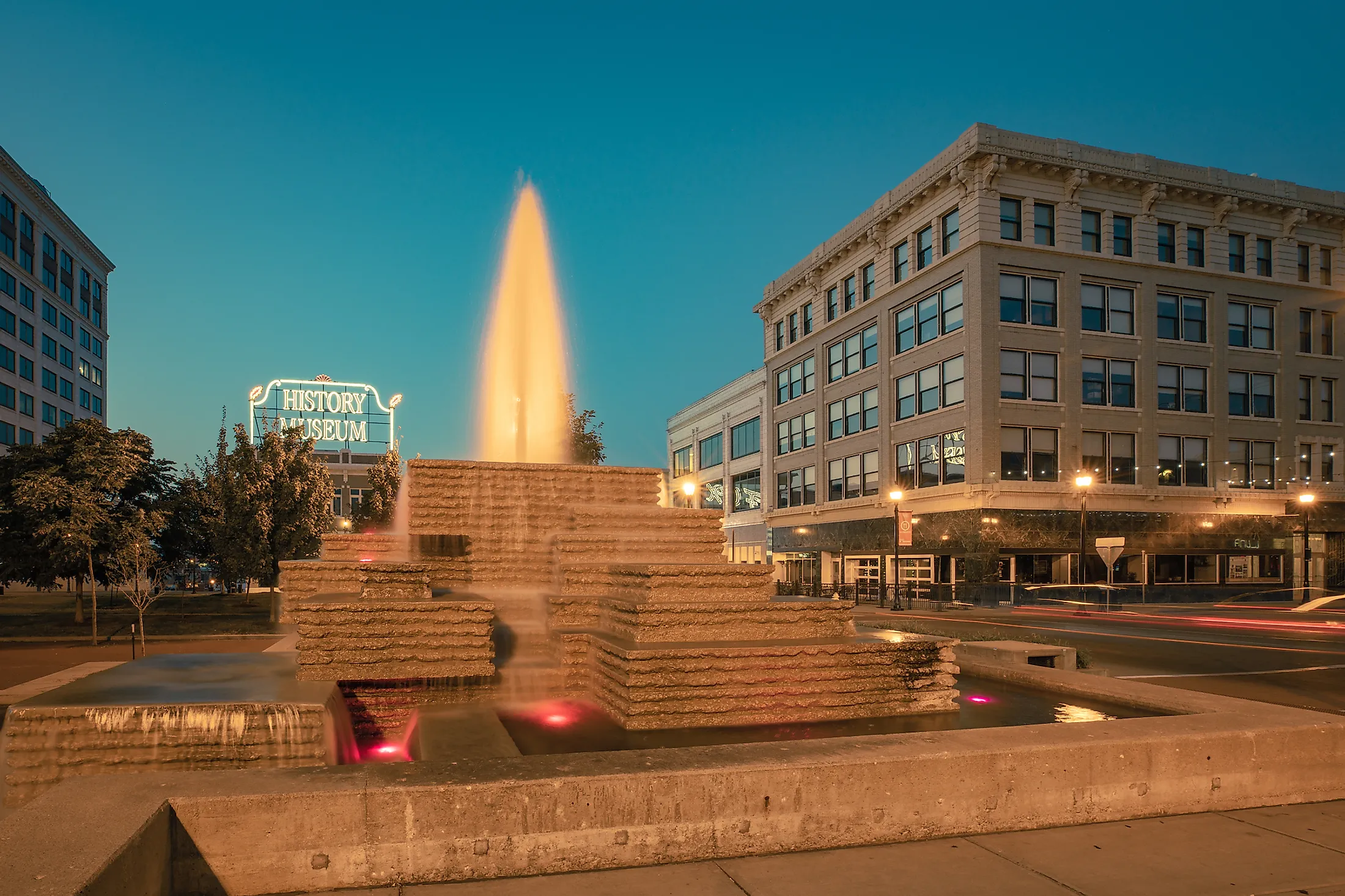
Springfield, Missouri
Springfield is a large city and county seat of Greene County, situated in the southwestern part of the US State of Missouri. Nicknamed as “The Queen City of the Ozarks,” Springfield serves as the principal city of the Springfield Metropolitan area, which also includes the counties of Dallas, Christian, Polk, Greene, and Webster.
Geography Of Springfield
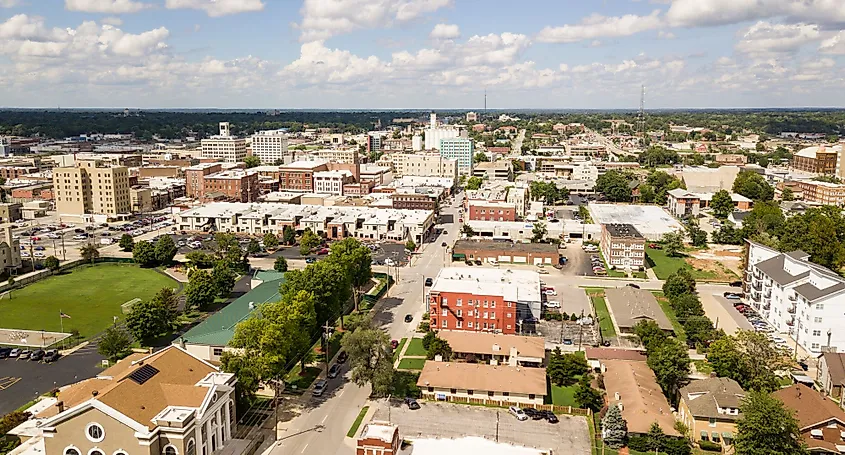
According to the United States Census Bureau, Springfield covers a total area of 213.2 sq. km, of which 211.7 sq. km is occupied by land, and 1.5 sq. km is occupied by water. The city of Springfield is surrounded by cliffs on its north, east and south sections. It is located on the Springfield Plateau, which spans from Central Missouri to Northwest Arkansas. Most of the plateau is characterized by forest and shrub-scrub habitats. Rivers and tributaries such as the James River, Jordan Creek, and Galloway Creek flow within or near Springfield. Lakes include Stockton Lake, Table Rock Lake, Fellows Lake, McDaniel Lake, Lake Springfield, and Pomme de Terre Lake.
The Population Of Springfield
Springfield is the third-largest city in Missouri and home to 168,911 inhabitants with a median age of 33. The city’s population has increased by 5.90% since the most recent census, which recorded a population of 159,498 in 2010. Springfield has a population density of 2,050 people per square mile. The majority of the people in Springfield are non-Hispanic White. In fact, there were 20.1times more White residents than any other race or ethnicity in 2019. The largest ethnic groups in Springfield are non-Hispanic White, representing 88.07% of the city’s population, Black or African American at 4.36%, And Asian 2.08%. The minor ethnic groups are Other race at 1.17%, Native American at 0.67%, and Native Hawaiian or Pacific Islander at 0.05%. Around 98% of Springfield’s population are U.S. citizens, and as of 2019, 3.42% of the city’s residents were born outside of the country. The most common birthplace for foreign-born residents of Missouri is Mexico, followed by India and China.
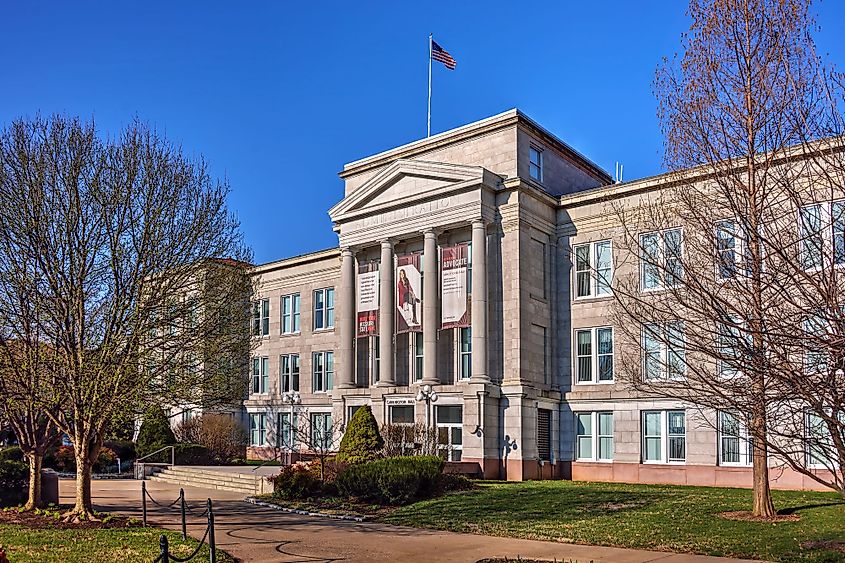
In 2019, the largest universities by the number of degrees awarded in Springfield were Missouri State University-Springfield, Ozarks Technical Community College, and Drury University-College of Continuing Professional Studies. The most popular majors in the city are Liberal Arts & Sciences, General Studies & Humanities, General Business Administration & Management, and General Psychology. The student population is skewed towards women, with most graduating students being White, followed by Hispanic or Latino students, two or more races, and Black or African Americans.
The Economy Of Springfield
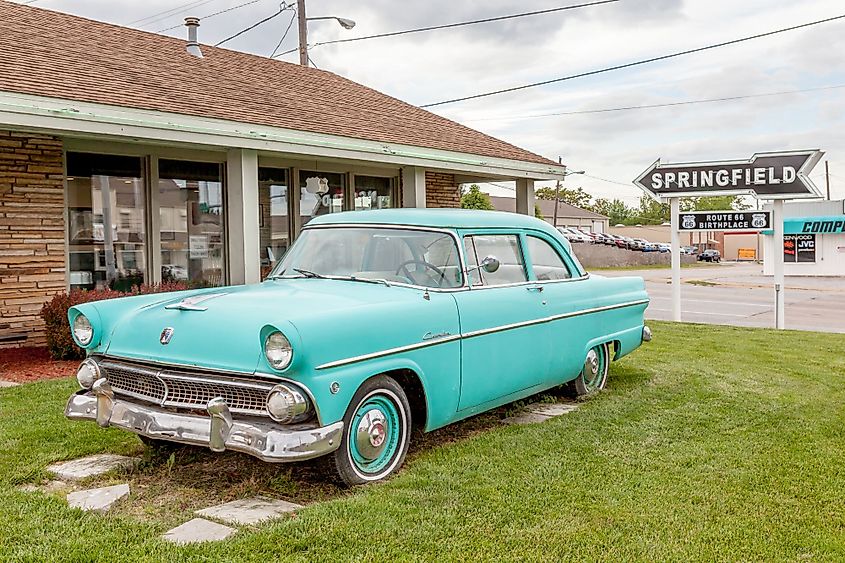
Springfield is currently at a growing rate of 0.20% annually, and households have a median annual income of $36,856, which is less than the median annual income across the entire United States. The economy of Springfield employs 79,100 people (around 46% of the city’s population) in different industries. The largest industries in Springfield are Health Care & Social Assistance, Retail Trade, and Accommodation & Food Services, while the highest paying industries are Utilities, Management of Companies & Enterprises, and Scientific & Technical Services.
Brief History Of Springfield
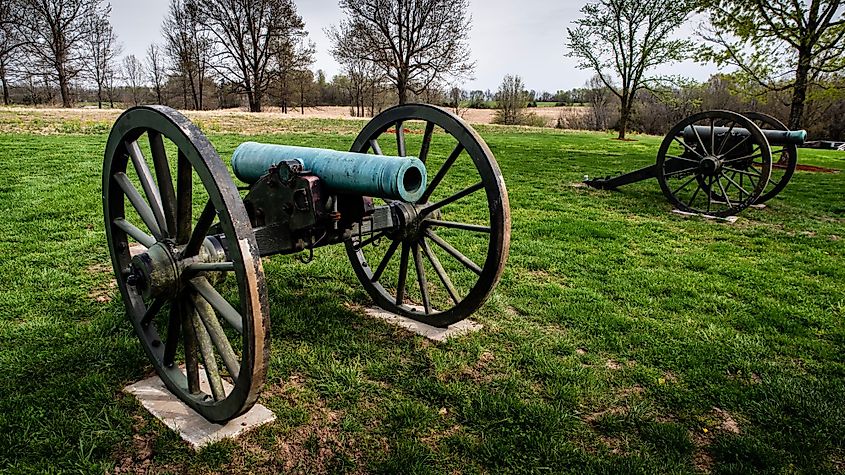
In 1833, Madison Campbell donated 50 acres of land for the construction of a town. Campbell began the organization of Greene County as lots were sold to new settlers in the region. By 1835, around 500 people lived in Springfield, which was later incorporated in 1838. As the Civil War began, Springfield was divided in its sentiments. In August 1861, the army units clashed near Wilson’s Creek, where the first major battle took place west of the Mississippi River between around 5,400 Union troops and 12,000 Confederates. The Confederates won the battle, and Gen. Nathaniel Lyon was the first Union general to die in combat. Union troops fell back to Lebanon and regrouped in Rolla. The Confederates had withdrawn when the Union troops returned to Springfield.
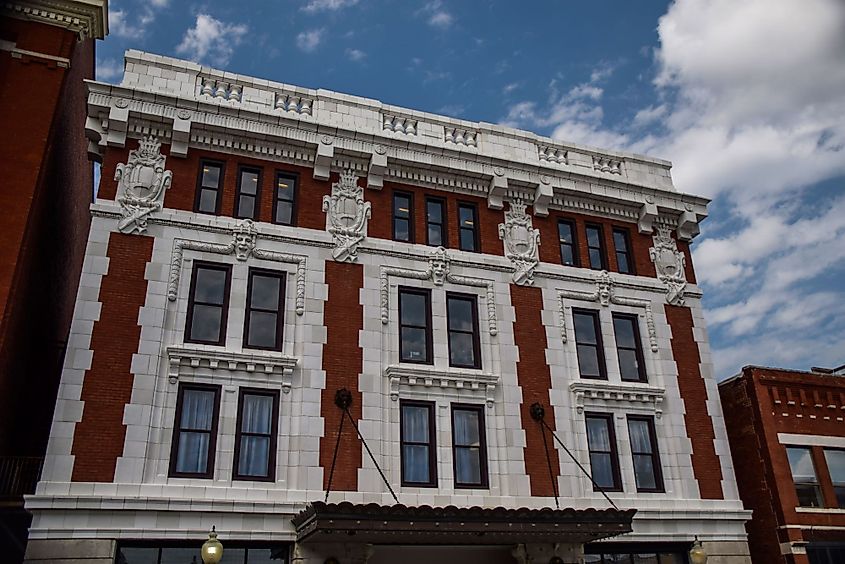
The St. Louis-San Francisco line constructed its railroad north of Springfield on April 21, 1870. The railroad construction led to the establishment of a new city, North Springfield, with Commercial Street as its downtown in 1871. The new city was also known as North Town or Moon City. North Springfield’s southern limits were shared with Springfield at Division Street, named because of the division between the two cities. In 1887, both cities voted to unite as one under the name of Springfield. The industrial and commercial diversification that came with the railroad strengthened the city of Springfield when both towns merged in 1887.
John T. Woodruff’s influence in Springfield was legendary. He helped secure the site for the new Springfield Normal School (now Missouri State University). He played a significant role in developing the Frisco Shops in Springfield. He also pushed for the development of the O’Reilly Hospital, the Ozark Empire Fairgrounds, and the U.S. Federal Medical Center. Woodruff’s influence was also present outside Springfield. His influence was felt in the construction of Powersite Dam (Lake Taneycomo), Bagnell Dam, and Norfolk Dam.
Tourist Attractions In Springfield
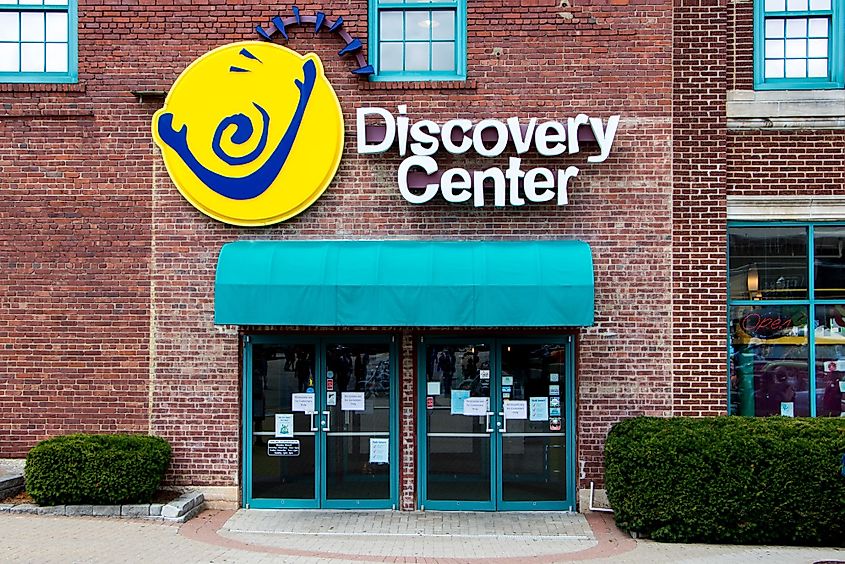
The city of Springfield attracts over 3 million overnight visitors annually with its excellent museums, attractions, restaurants, and shops. The Discovery Center is one of the top attractions in the city. The interactive museum presents a variety of fascinating exhibits, displays, and programs that offer fun and inspiring educational resource designed to allow visitors of all ages to develop critical thinking skills. The Discovery Center is one of the top family attractions. Visitors can dig for a dinosaur bone, explore the inner working of an eyeball, learn about other cultures of the world, and even take home a sample of their own DNA.
Fantastic Caverns
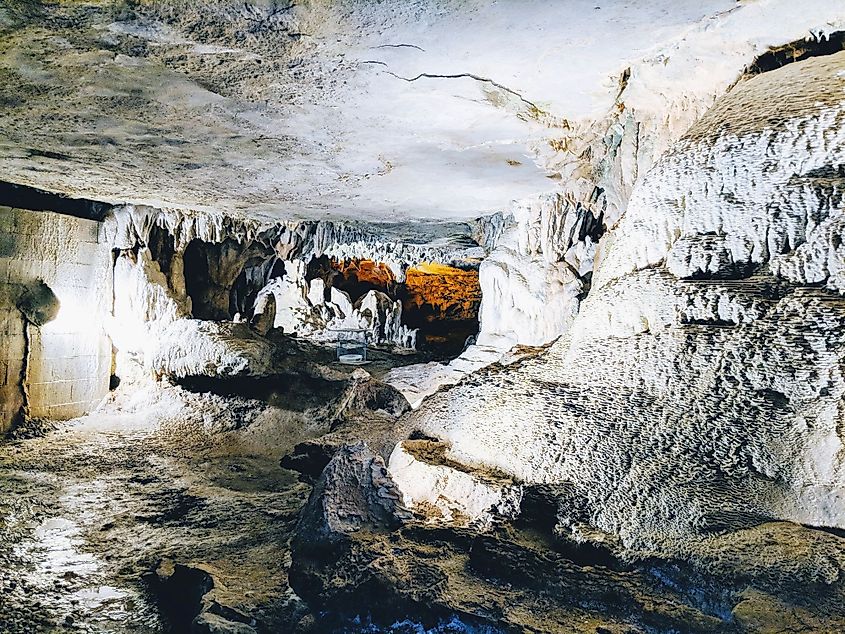
Visitors also enjoy the Fantastic Caverns. Discovered by John Knox and his hunting dogs in 1862, the vast underground cave carved by an ancient river offers an enjoyable 55-minute guided ride-through tour in a Jeep-drawn tram.
